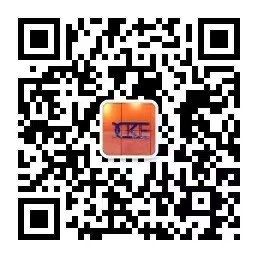
Xian HeGuangdong Xianhe Technology Group Co., Ltd
-
Hot search:SEMI package cleaning machine

Xian HeGuangdong Xianhe Technology Group Co., Ltd
An In-depth Look into the Advancements and Innovations in USB Technology
USB (Universal Serial Bus) has become a ubiquitous standard for connecting various devices to computers and smartphones. The technology has evolved greatly since its inception, leading to faster speeds, increased power delivery, and improved versatility. In this article, we will explore the evolution of the USB series and connectivity, delving into the advancements and innovations that have revolutionized the way we connect and transfer data.
The Birth of USB: From 1.0 to 2.0
The USB Series began with USB 1.0, which offered a maximum data transfer rate of 1.5 Mbps. This was followed by the release of USB 1.1, which brought about minor improvements but still maintained the same data transfer rate. USB 2.0, introduced in the early 2000s, marked a significant leap in terms of speed, with a maximum data transfer rate of 480 Mbps. This boost in speed made it possible to connect a wide range of devices and peripherals to computers, including keyboards, mice, printers, and external storage devices.
The Rise of USB 3.0: SuperSpeed Connectivity
In response to the growing demands for faster data transfer rates, USB 3.0, also known as SuperSpeed USB, was introduced in 2008. With a maximum transfer rate of 5 Gbps, USB 3.0 offered ten times the speed of its predecessor. This development opened up new possibilities for connecting high-bandwidth devices, such as external hard drives, video cameras, and high-definition displays.
USB 3.0 also brought about enhanced power delivery capabilities, with up to 900 mA of current, allowing for faster charging of connected devices. Moreover, it introduced asynchronous data transfer, enabling simultaneous transmission of data in both directions, further improving efficiency.
Introducing USB Type-C: The Game Changer
USB Type-C, the most recent addition to the USB series, has revolutionized the concept of connectivity. With its reversible design and compact size, USB Type-C has become the standard for modern devices. It offers faster data transfer rates of up to 10 Gbps, as well as increased power delivery of up to 100 W, making it capable of charging laptops, tablets, and even some smaller appliances.
Besides its speed and power capabilities, USB Type-C supports various protocols, including Thunderbolt 3, DisplayPort, and HDMI, enabling the connection of multiple displays and the seamless transmission of high-quality audio and video signals. It has also simplified the connection process by eliminating the need for multiple cables and adapters, providing a single, versatile solution for all connectivity needs.
Advancements in USB-C: Thunderbolt 4 and Beyond
Building upon the success of USB Type-C, Thunderbolt 4 was introduced by Intel, bringing with it even higher transfer speeds and greater capabilities. With Thunderbolt 4, users can enjoy data transfer rates of up to 40 Gbps, along with support for two 4K displays or one 8K display. It also offers compatibility with USB 4, ensuring seamless connectivity with a wide range of devices.
The future of USB connectivity holds further advancements, including the possibility of higher data transfer rates, improved power delivery, and increased versatility. As technology continues to evolve, we can expect USB to play a crucial role in enabling seamless connectivity and data transfer in our increasingly interconnected world.
In Conclusion
The evolution of the USB series and connectivity has transformed the way we connect and transfer data across devices. From the early days of USB 1.0 to the latest USB Type-C and Thunderbolt 4, each iteration has brought about faster speeds, increased power delivery, and enhanced versatility. As we look ahead, the future of USB holds even greater promise, as the technology continues to push the boundaries of connectivity, enabling smoother and more efficient interactions between devices of all kinds.


SweepWechat

SweepPersonal wechat